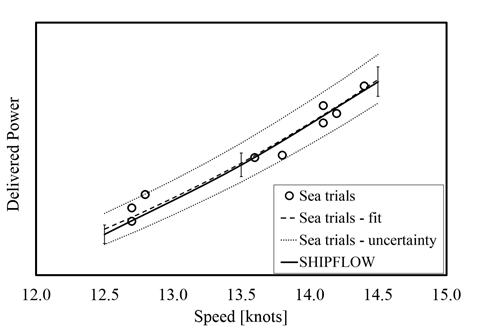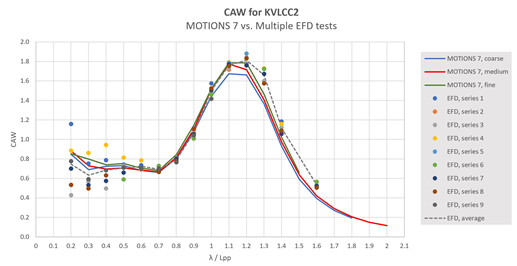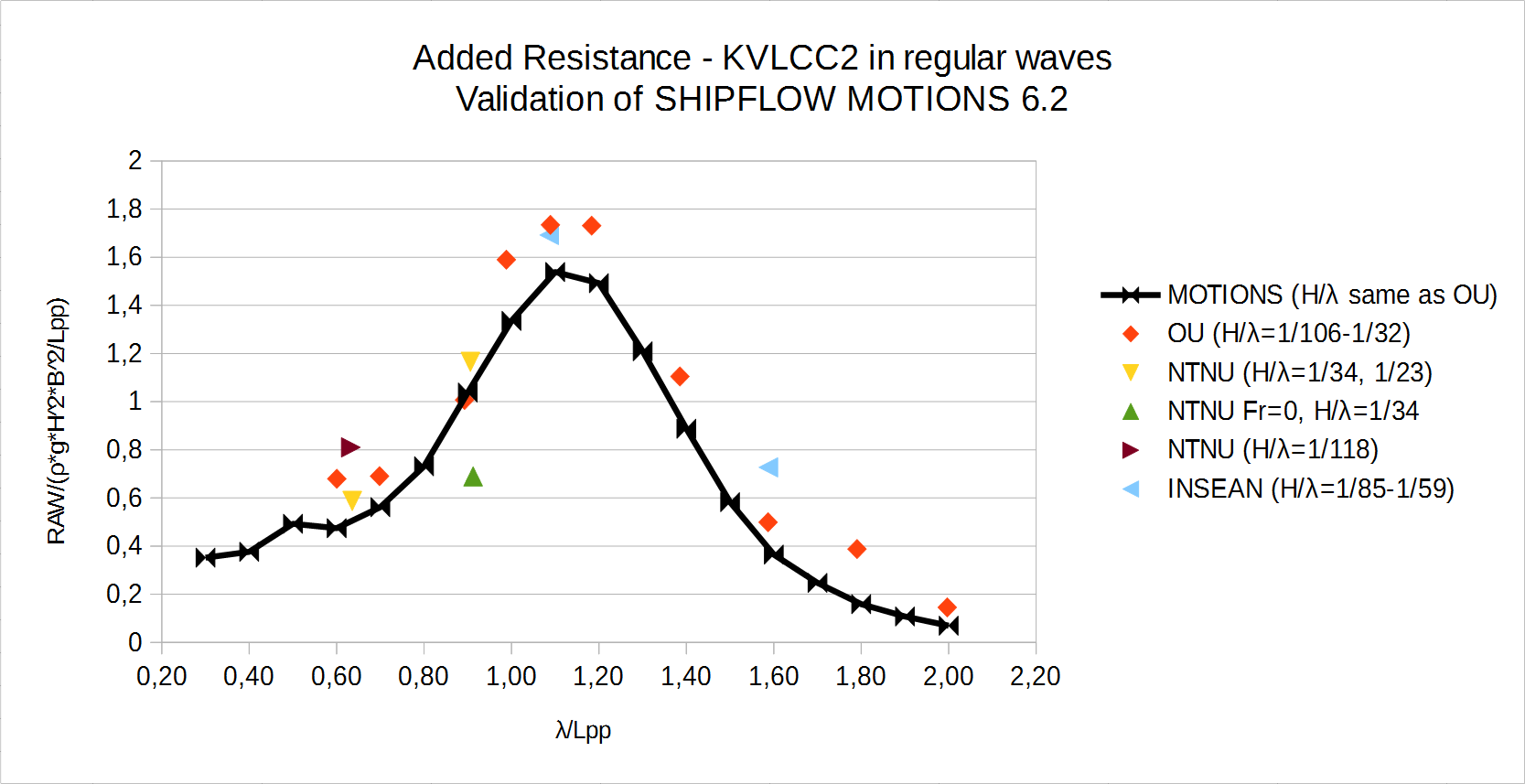We are thrilled to invite you to the upcoming SHIPFLOW Users Meeting and Training event, slated for June 4th and 5th, 2024. This year is especially momentous as FLOWTECH celebrates its 35th anniversary and unveils SHIPFLOW 8, featuring significant advancements across all functionalities.
Event Details:
- Dates: June 4th and 5th, 2024
- Location: Chalmers Tvärgata 10, Gothenburg, Sweden
- Time: 9:00 AM to 5:00 PM on both days
Why Attend?
- Exclusive Insights: Gain in-depth knowledge of the latest features and improvements in SHIPFLOW 8 through expert-led sessions.
- Hands-On Training: Enhance your skills and expertise with our targeted training sessions.
- Networking Opportunities: Connect with fellow SHIPFLOW users and share valuable experiences.
- Feedback and Influence: Directly contribute your insights and suggestions to our development team, helping to shape the future of SHIPFLOW software.
Agenda Highlights:
-
June 4th:
- User presentations on SHIPFLOW applications
- Overview of SHIPFLOW 8's new features and upcoming developments
- Networking Dinner and Social Event
-
June 5th:
- Training Session on SHIPFLOW 8 - RANS
- Training Session on SHIPFLOW 8 - MOTIONS
- Discussion on User Experience, Improvements, and Future Directions
Additional Opportunities:
- Beginners: Join us a day early, on June 3rd at 1 PM, for a quick-start training session.
- Personal Consultations: Schedule a one-on-one session on June 6th to discuss confidential cases or special applications with our experts.
If you're interested in signing up, please contact us at info@flowtech.se .
SHIPFLOW 7.1
We are happy to announce that the new major release of SHIPFLOW, version 7.1, is now available for download. We have added many new features and improvements that we think you will find very useful.
MOTIONS 7
• improved robustness and stability for wider range of applications
• enabled free sailing, zig-zag and turning circle maneuvres
• added appendages: rudder, fin, bilge keel, skeg
• added engine and propeller models
• PID controllers for rudders, fins and engine
RANS
• increased accuracy of the VOF method
• added lifting line modification for ducted propellers
Design/GUI
• added CAESES 5 based interface (optional)
For more details see the Release Notes.
A new paper published in Ocean Engineering Journal:
Michal Orych, Sofia Werner, Lars Larsson, 2021. Validation of full-scale delivered power CFD simulations. Volume 238, 15 October 2021, 109654
https://www.sciencedirect.com/science/article/pii/S0029801821010301
Abstract:
Verification and Validation of CFD simulations of delivered power at full-scale are carried out for a single screw cargo vessel. Numerical simulations are performed with a steady-state RANS method coupled with a body force propeller model based on a lifting line theory. There are no significant differences in the uncertainty levels between model and full-scale computations. The finest grid exhibits the numerical uncertainty of 1.40% at full-scale. Computed results are compared with sea trial data for three sister ships. Special attention is paid to the effect of roughness on the hull and propeller. The comparison error for the delivered power is about 1% which is significantly lower than the experimental uncertainty.
Keywords:
Delivered power; Full-scale; Hull roughness; Self-propulsion; Uncertainty; Validation; Verification; CFD
"Improved digital tools for the hydrodynamic design of energy efficient ships – validation, demonstration and introduction to the maritime industry"
FLOWTECH has just successfully finished a project executed with support from the Swedish Energy Agency (Energimyndigheten). The results of the work include the following:
- Verification and Validation of CFD simulations of delivered power at full-scale were carried out for ships for which high-quality sea-trial data was collected. Special attention was paid to the effect of roughness on the hull and propeller to improve the accuracy of the simulations. The comparison error for the delivered power was about 1% which shows that the simulations at full scale can very accurately predict power demands of new ships as well as ships in service.

- The study performed within this project showed that the numerical optimization of ship hulls at full-scale could yield higher gains in power savings. The presented optimization process included the propeller-hull interactions, and a clear advantage of self-propulsion-based optimization was observed.
- An efficient and accurate numerical procedure to estimate the decrease of ship speed in wind and waves was developed. It was used to calculate the weather factor of the attained energy efficiency design index for new ships, EEDI, for a tanker. The predictions were compared to the model test results and a database of similar ships. The comparison error was 1% for the resistance and the predicted weather factor was in line with the database values.

- Materials with examples and analyses of the project results illustrating the new possibilities for developing energy-efficient hull shapes were prepared. Several papers for scientific journals were written and the resulst will be presented in the upcoming conferences and workshop on numerical ship hydrodynamics. The results will also be shared with the shipyards and design offices through the company network.
Publications
FLOWTECH's staff actively works with research and applications of Computational Fluid Dynamics to ship hydrodynamics, propulsion, optimization. The results are often published in papers, articles and books, see: Complete list of publications .
SHIPFLOW 6.4.00
SHIPFLOW version 6.4.00 is now available for downloaded from our home page, www.flowtech.se. Here are the major news:
- Extended Result Reporting
- Customizable automatic postprocessing
- Added support for surface roughness effects
- New appendages
- New licensing system
Training GOTHENBURG 10-12 october 2017
Come and learn how to best use the SHIPFLOW Software!

Figure. Ship in short crested waves
Read more ...Seminar
Nanjing Tianfu Software Co. Ltd organize together with FLOWTECH a two days seminar in Dalian China. The seminar will cover hull optimization and ship motions in waves using the CAESES and SHIPFLOW software. For more information see Link
Date: 8 - 9 May 2017
Location: Dalian China
Contact: NJTF for further information and registration
Parametric roll
The video shows the motion of the DTC container ship experience parametric roll. The prediction was produced with the release 6.3 of SHIPFLOW MOTIONS.
In this simulation the wave encounter frequency is approximately twice the natural roll frequency and the wavelength of the encountering wave is approximately equal to the ship length. The ship was given an initial roll of one degree in order to trigger the roll. No viscous damping was added in this case.
 SHIPFLOW 6.2
SHIPFLOW 6.2
The major news are:
- Improved accuracy of ship motion and added resistance in waves
- Improved MOTIONS robustness
- Added user defined damping coefficients e.g. roll damping
- Multiple improvements to overlapping grid algorithm
Accelerate SHIPFLOW Simulations on Rescale
In this webinar we demonstrate how SHIPFLOW users can benefit from using Rescale’s on-demand, HPC cloud platform.
CFD is used extensively for the hydrodynamic design of ships, including evaluation of resistance, delivered power, added resistance, or even for automatic hull shape optimization. However, limited local computing resources and deadline constraints can limit the CFD scope for these projects. Whether working with a few large computations or many smaller computations in an optimization, access to additional resources in the cloud can be the solution.
